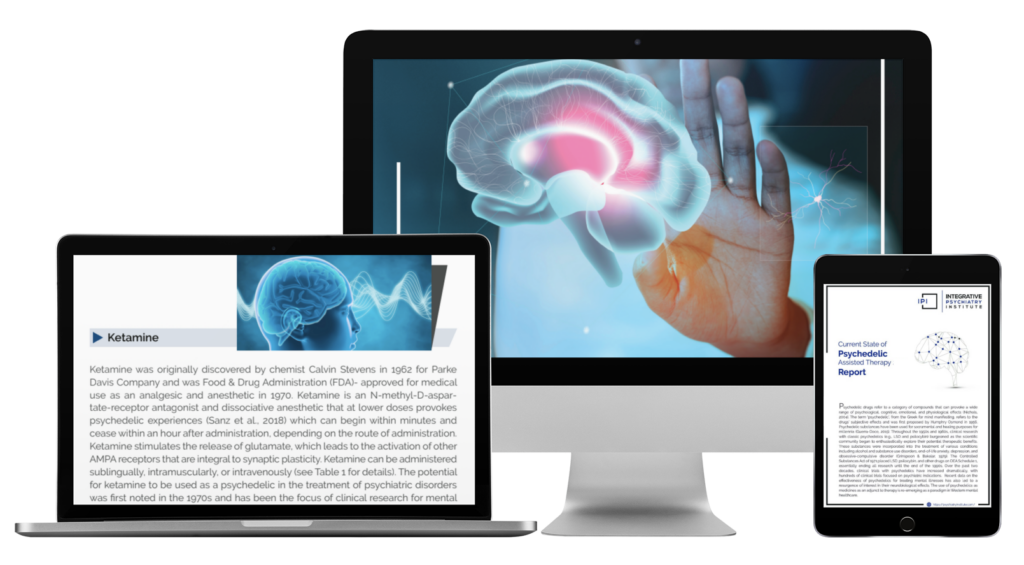
Even without words, music speaks to us. As the psychiatrist Dr. Rakesh Jain says, “Music is our first language.” Yes, there has been research conducted on music for many decades, but we know that music touches us because we feel it, we respond to it. Our brains become activated, chemicals are released, and our nervous system is altered when we listen to music that moves us.
Musical Moods
The power of music isn’t neutral; it can shift us into different moods depending on both the compositional structure and our own personal associations with a particular song. In some models, musical moods are produced by different combinations of rhythm, pitch, intensity, and timbre. While rhythm is the arrangement of sounds including beat, melody, and pauses, pitch is the frequency of the music, categorized on a scale from high to low. Intensity is defined as the loudness of the composition; finally, timbre is the perceived “color” of the music that arises from using different instruments or voices, even if the note or pitch of the music is the same.
However, the mood that a song conveys is not necessarily generalizable; for example, what sounds sad to me might sound calming to you. As humans, we project our own state of mind onto the music that is produced, and we may have certain memories that are recalled when listening to certain songs. Yet this can be an advantage of using music for the benefits of mental health. It is also why developing personal playlists is often more emotionally evocative than listening to those premade by others.
Therapeutic Uses of Music
Music processing uses the same brain areas that are active during the processing of emotion, pain, and wellbeing. Therefore, our brains show altered activity levels that reflect the different emotions evoked by music. These changes in brain activity and mood correspond to changes in release of neurotransmitters and hormones that alter sensations of pleasure, pain, and social bonding. So how might we use musical biohacking in psychiatry?
Music for Emotional Congruence: Choosing music that matches a person’s mood can support the individual in identifying, feeling, and working through emotions, from grief to anger to excitement. In this way, music may be used as a mindfulness practice; however, it is important to caution against perseverating in any emotional state for too long.
Music for Treatment Interventions: Because music influences emotional valence, music therapy is a wonderful addition to psychotherapy in the treatment of depression, anxiety, and posttraumatic stress disorder. Choosing music that stimulates joy or peace can help stimulate different areas of the brain and aid in shifting a person’s present moment perspective.
Music for Attention and Cognition: There have been many studies that have identified the usefulness of both listening to music and learning to play music on cognitive function across the lifespan. When applied in appropriate contexts, music interventions can enhance working memory, cognitive flexibility, creativity, and concentration. In addition, music that is perceived to the listener as pleasant can reduce sensations of pain.
Music for Social Connection: Given its emotional nature, music is a universal tool for communicating on a deeper level with others, sharing identity, personality, and emotive interrelatedness. Music can even support early attachments in pregnancy and labor by increasing oxytocin and reducing anxiety in mothers.
Conclusion
Music transcends verbal communication, moving us emotionally, physiologically, and spiritually. Its ability to influence our mood, evoke memories, and alter brain activity makes it a powerful tool in both personal and therapeutic settings. Music is a vital component of both individual and communal health, and it feels only natural that its integration into therapeutic practices will improve outcomes. Indeed, music’s language can impact lives in ways that words alone cannot.







